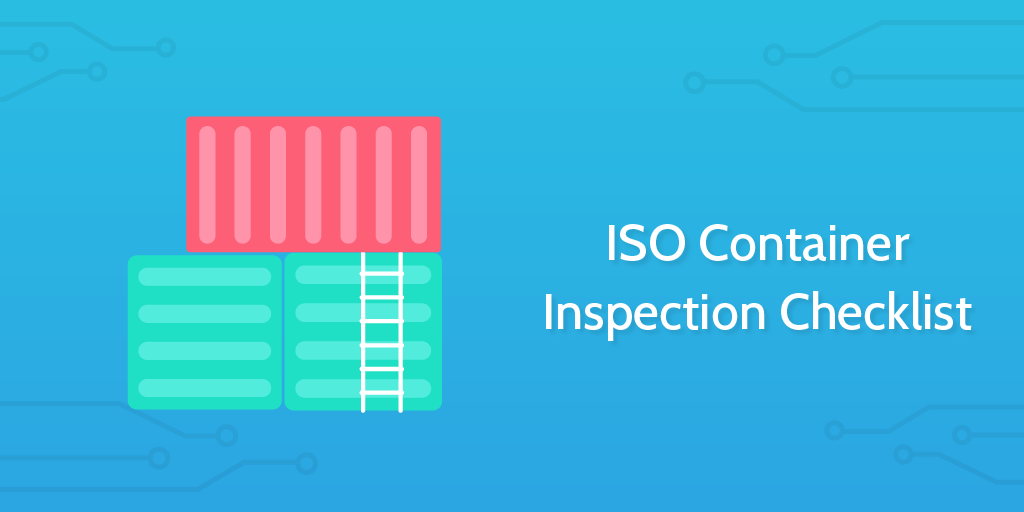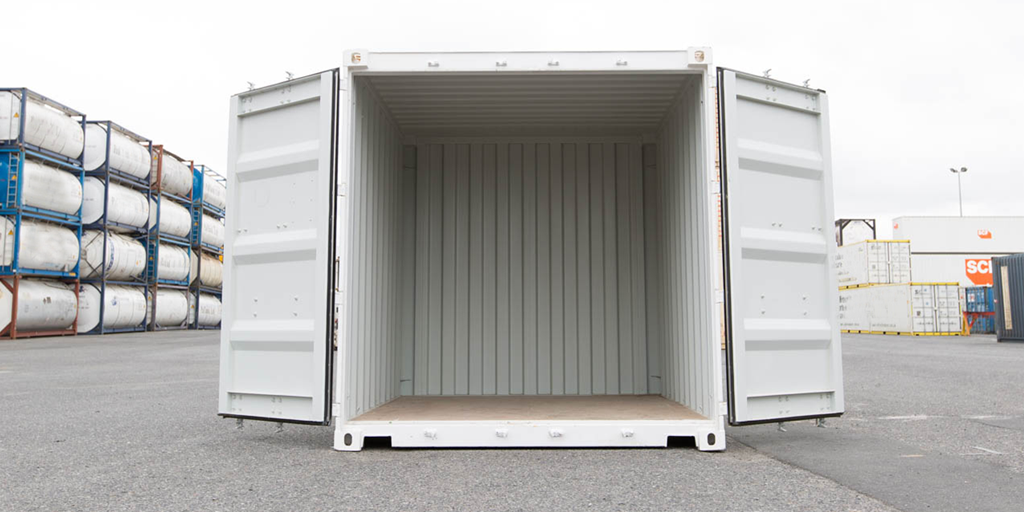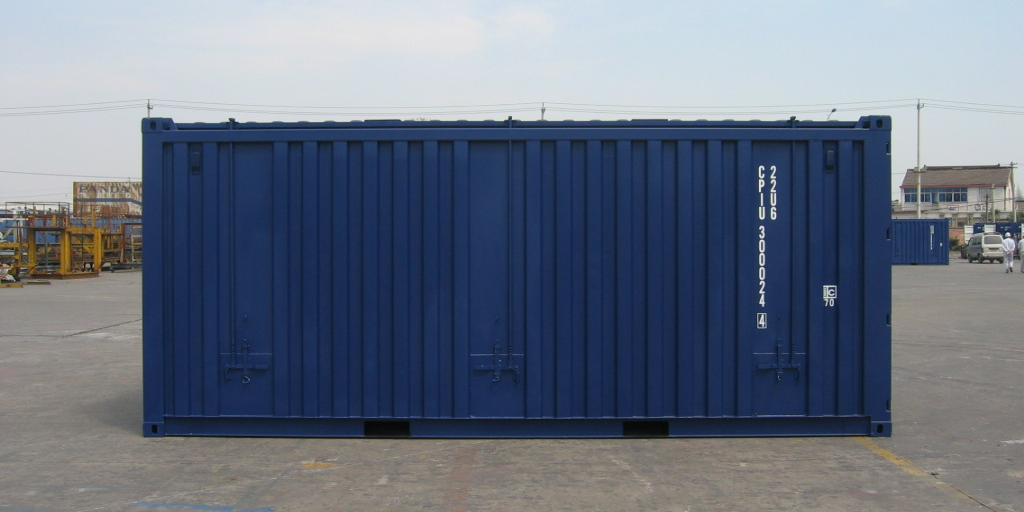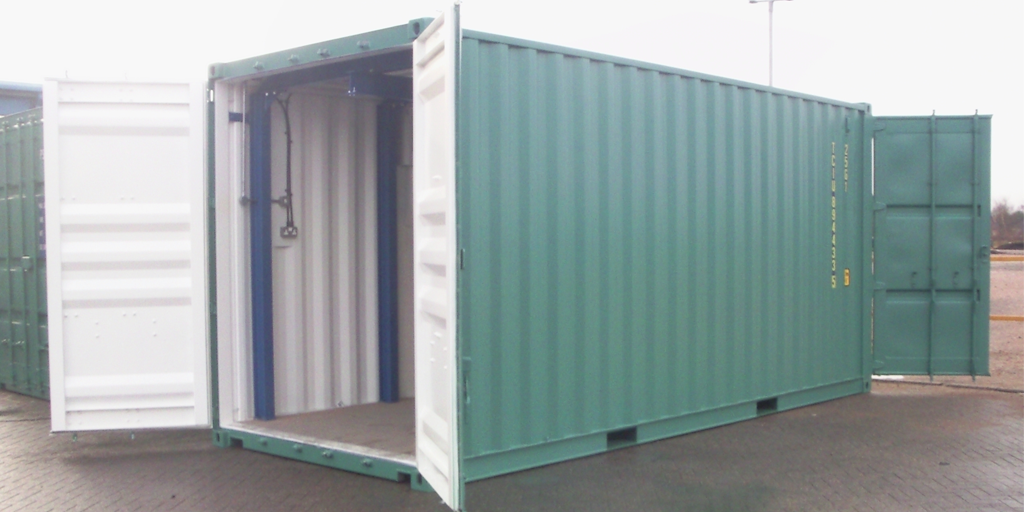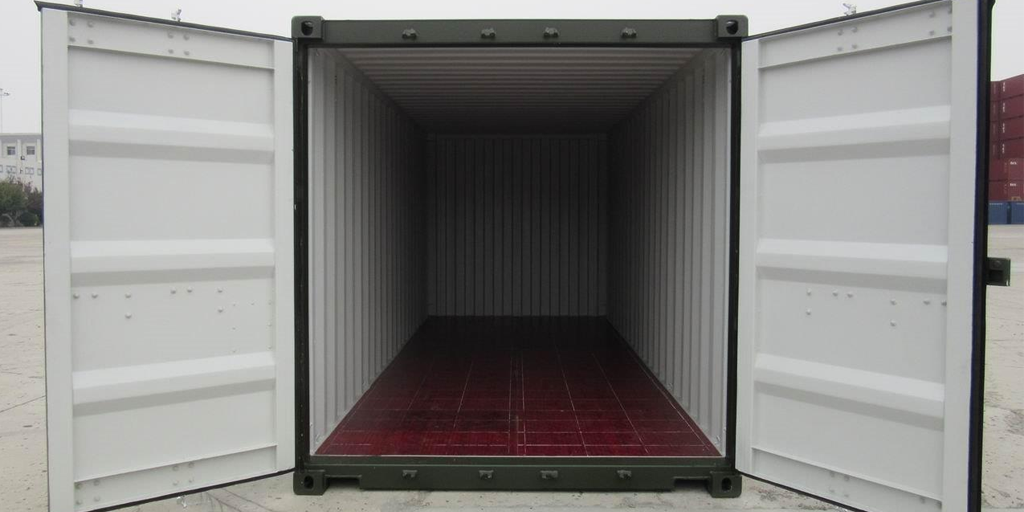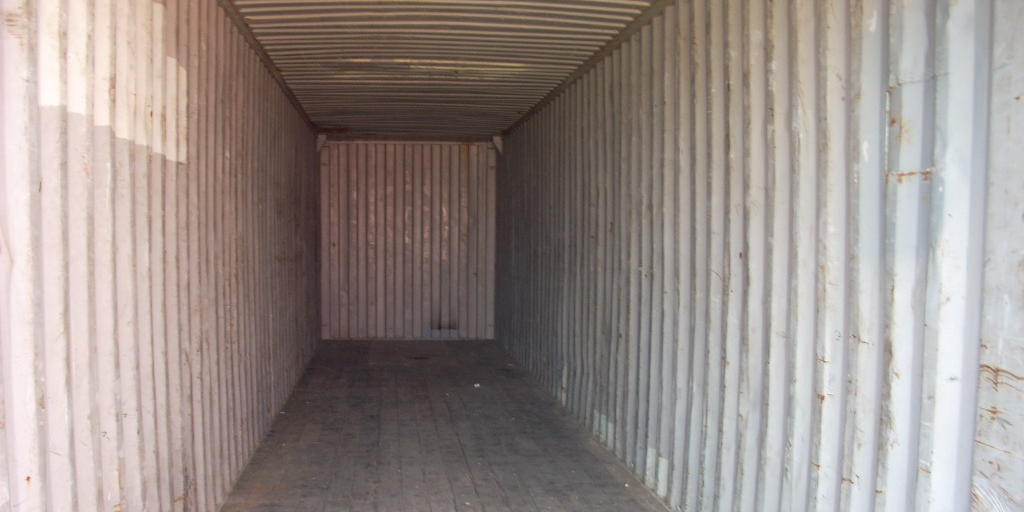The last thing that any company wants is to pay for a product to be made and then have it destroyed in transit because the container gave way. As such, this ISO container inspection checklist should be run every month to prevent that from happening.
By taking you through every element of every side of your shipping containers, this checklist ensures that anyone can effectively assess the safety and quality of your shipping methods.
Not only that, but with space to record details such as the container ID and date of inspection, you'll be able to easily view the inspection record of every container you own to make sure that your stock is safely housed during delivery.
So, what are you waiting for? Let's get started.

